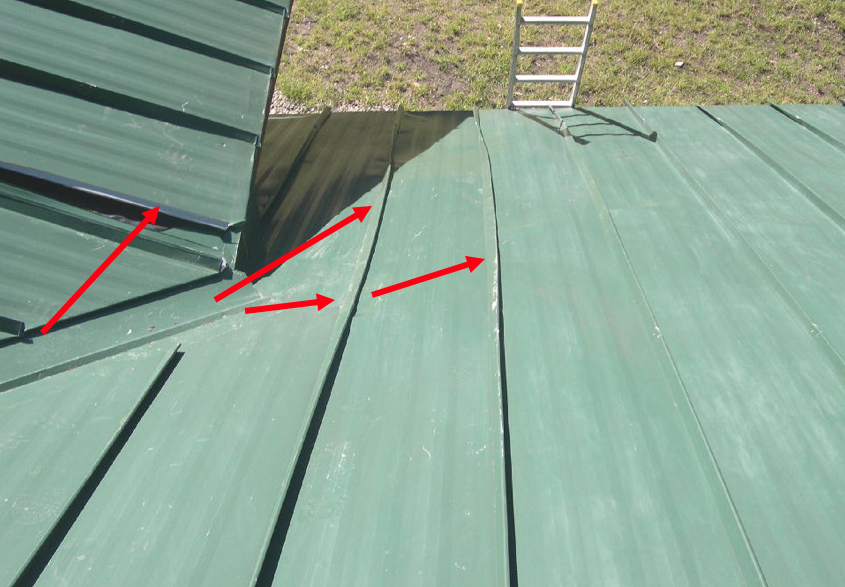What are the strategies of roof inspection?

Roof inspections are important for identifying potential issues and guaranteeing the longevity of your roof. Regular inspections might help detect issues early, stopping pricey repairs or replacements down the line. Here are some common strategies and steps for conducting a roof inspection:
Visual Inspection:
a. Exterior Inspection:
Start by examining the roof from the bottom using binoculars or by safely climbing onto a ladder to get a more in-depth look.
Look for Visit this link of harm, similar to lacking or broken shingles, curling or buckling shingles, or loose or deteriorated flashing round roof penetrations.
Check for particles, moss, algae, or lichen progress on the roof, which might indicate moisture-related points.
Inspect the gutters and downspouts for granules from shingles, as extreme granule loss can sign shingle put on.
b. Interior Inspection:
Go into the attic or crawl space and inspect the underside of the roof deck for signs of leaks, moisture, or water stains.
Look for daylight coming through cracks or holes within the roof deck, which may indicate roof damage.
Check for indicators of insulation injury, mold, or mildew progress, which may outcome from roof leaks.

Roof Walk:
a. If it's safe to take action, stroll on the roof floor to examine it up shut.
b. Be cautious and wear acceptable safety gear, similar to non-slip sneakers and a security harness if needed.
c. Look for any gentle or spongy areas, which might indicate underlying damage.
d. Check for unfastened or damaged roofing materials, in addition to signs of wear and tear.
Moisture Detection:
a. Use a moisture meter to detect hidden moisture inside the roof construction and insulation.
b. Moisture detection may help establish leaks or areas of potential water intrusion that will not be seen.
Drone Inspection:
a. Drones equipped with cameras can present a complete view of the roof surface without the necessity for direct physical access.
b. A drone inspection can be especially useful for bigger or hard-to-reach roofs.
Professional Inspection:
a. Consider hiring knowledgeable roofing contractor or inspector to conduct an intensive inspection.
b. Professionals have the experience, instruments, and expertise to establish points that will not be apparent to a homeowner.
Documentation:
a. Document your findings with photos and notes to create a document of the roof's condition.
b. This documentation may be helpful for tracking adjustments over time and for insurance claims or repairs.
It's necessary to carry out roof inspections frequently, ideally a minimum of annually, and after severe weather occasions like storms. Additionally, when you're not snug or confident in your ability to perform a roof inspection safely, it's advisable to rent a professional roofing skilled to ensure an intensive and correct evaluation of your roof's condition..
